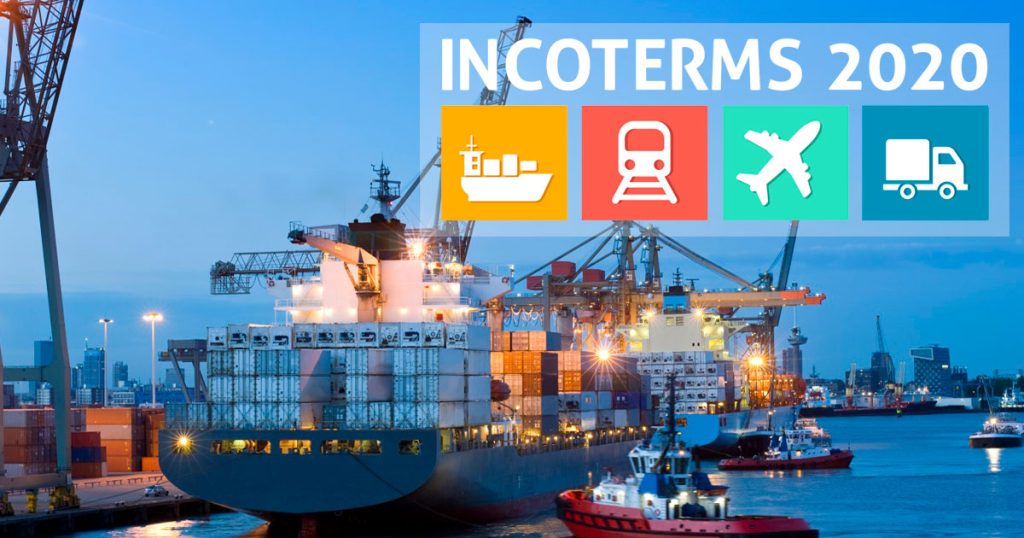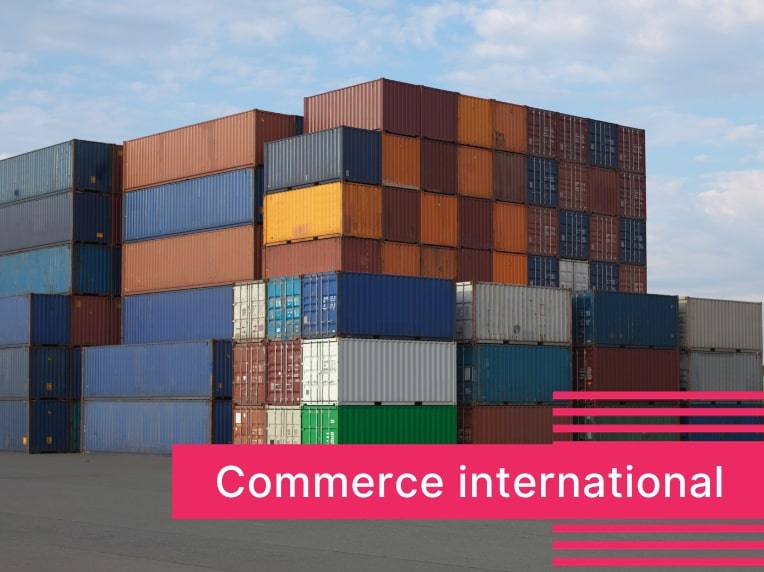The Haitian supply chain landscape is under severe pressure due to recurring road blockages, which have become both a symptom and a consequence of the country’s ongoing socio-political and security crises. Key strategic corridors — notably in Mirebalais, Canaan, and Petit-Rivière de l’Artibonite — have seen increased disruptions in recent months, severely impacting the movement of goods across the country. These blockages are crippling supply chain operations, delaying humanitarian aid, medical deliveries, and commercial transactions at a national scale.

Understanding the Local Landscape
Haiti’s fragile road network is particularly vulnerable to instability. While some blockages from the population are temporary, others cause prolonged standstills in critical corridors. The areas of Canaan, at the northern exit of Port-au-Prince, and Mirebalais, a gateway to the Centre department, have been repeatedly obstructed, cutting off key northern and central regions from the capital. Similarly, disruptions in Petit-Rivière de l’Artibonite have paralyzed routes between the north and the west of the country.
These recurring incidents are not only causing logistical nightmares but are also affecting entire sectors:
Healthcare: ARV (antiretroviral) medication deliveries and other essential pharmaceuticals have faced dangerous delays.
Agriculture: Inability to move crops from rural zones to urban markets leads to losses for farmers and price spikes for consumers.
Commerce: Goods shipped from Port-au-Prince to the north and center remains blocked for days, if not weeks.
The Financial Toll
The economic ripple effects are extensive. Logistics providers face increased fuel consumption, vehicle maintenance, and security risks due to rerouting and longer travel times. According to field observations, some shipments are delayed by weeks or months — a serious issue for perishable goods and just-in-time supply chains.
Direct Costs:
Increased fuel usage due to detours.
Higher labor costs for drivers who must take longer, riskier roads.
Occasional vehicle damage or loss during blockades or attacks.
Indirect Costs:
Reduced reliability in delivery schedules.
Production delays in sectors relying on imported materials.
Deteriorating trust among clients, donors, and international partners.
Leveraging Technology and Local Intelligence
While Haiti lacks the extensive digital infrastructure, organizations are increasingly turning to community intelligence networks, WhatsApp-based monitoring groups, and local radio stations to track route accessibility. Some logistics operators, like GSCP Haiti, also use motorcycle scouts to verify road conditions before moving high-value shipments.
In humanitarian operations, pre-positioning goods in regional warehouses is gaining traction as a risk-mitigation strategy — allowing faster, more decentralized delivery when roads become inaccessible.
Building Resilience in Haitian Supply Chains
The current crisis underscores the need for long-term resilience strategies:
Better coordination between logistics operators, government agencies, and NGOs.
Investment in road maintenance and rural detours that can serve as backups in times of crisis.
Security escort mechanisms or armed convoys for high-priority humanitarian and medical shipments.
Local capacity building in route planning, crisis logistics, and emergency warehousing.
The persistent road blockages in Mirebalais, Canaan, and Petit-Rivière de l’Artibonite reveal the deep vulnerabilities of Haiti’s logistics system. These disruptions are not just transport issues — they are national threats to health, food security, and economic stability.
To adapt, logistics providers must embrace alternative routing, collaborative intelligence, and risk-informed planning. With the right mix of strategy and local expertise, the country’s supply chain actors can transform crisis into a catalyst for more resilient and responsive systems.




